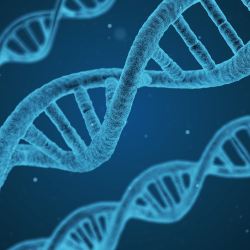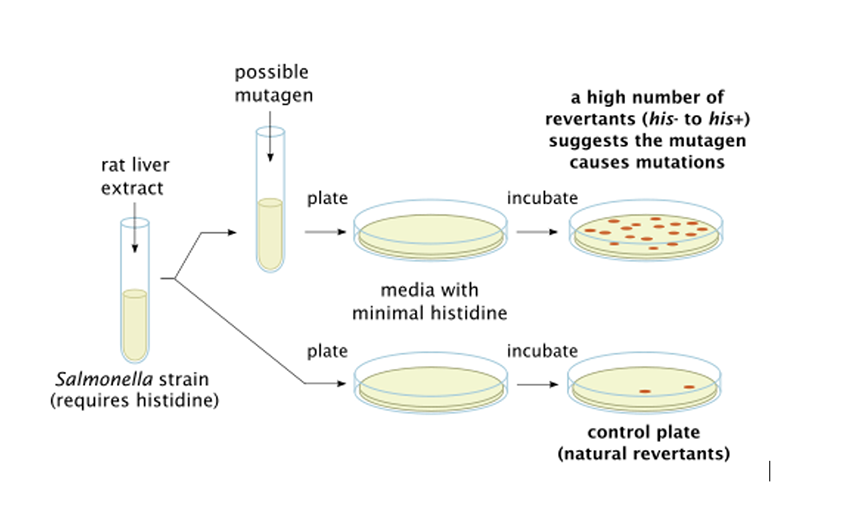The EPA’s model for assessing the rise of carcinogenesis from chemicals and their dose-response models remains controversial. Is the EPA “following the science” or making assumptions?
Background
To determine whether a chemical poses a cancer risk to the population, two issues need to be assessed:
- Does the chemical cause cancer?
- If so, what is the concentration at which it is of concern?
EPA has addressed these two issues through its “Guidelines for Carcinogen Risk Assessment,” first published in 1986, updated in 2005, and still in place today.
It begins by setting out five categories in which chemicals are placed based on a review of all the available scientific data:
- Carcinogenic to Humans
- Likely to be Carcinogenic to Humans
- Suggestive Evidence of Carcinogenic Potential
- Inadequate Information to Assess Carcinogenic Potential
- Not Likely to be Carcinogenic to Humans
For the top two categories, the 2005 Guidelines present how the EPA quantifies a chemical's cancer risk, i.e., at what concentration level would cancer occur? (It makes little sense to quantify the risk in the other three categories). Dose-response models are the method by which EPA quantifies that risk. Since the chemicals of concern typically are found at very low environmental levels, the EPA needs to extrapolate from the high doses of chemicals used in animal tests to the lower doses that people experience environmentally.
EPA’s Approach
“ACSH Explains EPAs Regulatory Thresholds” presents three models used to quantify cancer risk, the linear non-threshold (LNT) model, the threshold model, and the radiation hormesis model. [1] Each of these models gives a very accurate picture of carcinogenesis at high levels. Still, there is no scientific consensus on which model best describes the risk at low levels – the levels used in regulations.
The 2005 Guidelines state that the Linear Non-Threshold model (LNT) should be used as the default model for quantifying cancer risk. The LNT model assumes that mutations from chemical-causing chemicals are cumulative, non-repairable, and irreversible, and any dose of the chemical poses some cancer risk.
A Deeper Dive into Mutagenicity
To understand EPA’s approach to quantifying cancer risk, it is necessary to understand the distinction between mutagens and carcinogens.
- A mutagen is a substance that causes DNA impairment that results in the alteration of the DNA sequence, the mutation.
- A carcinogen is a mutagen where the mutation causes uncontrollable cell division resulting in the development of a tumor that may or not be cancerous.
Not all mutations result in life-threatening cancers; in fact, mutations are the key to the variations in the gene pool that, through natural selection, enable populations to survive and flourish over the years.
Until approximately 1980, the acceptable theory of cancer causation was the one-hit model, which stated that a single mutation in DNA caused irreversible changes that ultimately resulted in cells multiplying without limit, causing cancer. Today it is readily accepted that carcinogenesis is a multi-stage process that requires many more steps than a single mutation.
What does the Ames test have to do with anything?
In the 1970s, Dr. Bruce Ames and a group of scientists at the University of California, Berkeley, developed a test that uses bacteria to quickly determine whether a chemical causes a mutation in the DNA of the test organism. The Ames test procedure is as follows:
A strain of Salmonella that carry a mutation making them unable to produce histidine, one of the essential amino acids, is the test bacteria. They are mixed with enzymes from the liver that, in large mammals, might turn a harmless chemical into a mutagen. The chemical of concern, the possible mutagen, is mixed into a portion of the bacteria-liver mixture and plated on media without histidine. A count is made of the number of viable colonies formed, through mutation, in both the control and experimental group. A more significant number of colonies in the experimental arm indicate the presence of a mutagen and possibly a carcinogen.
When this test was first developed, many scientists believed that the holy grail, a quick, convenient, and inexpensive test had finally been developed that could determine whether a chemical was carcinogenic without having to carry out the standard cancer studies in rats or mice that generally take 2 – 3 years to complete and are very expensive.
However, it quickly became apparent that just because a chemical was positive in the Ames test did not mean it caused cancer in humans or animals. In fact, one study examined 224 chemicals tested for carcinogenicity in long-term studies in rats or mice. [2]
- 77% of the substances positive for mutagenicity in the Ames test were also positive for carcinogenicity in rats or mice – true positives.
- 58% of the chemicals that were negative for mutagenicity in the Ames test were positive for carcinogenicity in rats or mice – false negatives
The Ames test has a sensitivity of roughly 57%, identifying the true positives slightly better than tossing a coin. It has a specificity of identifying the true negatives at 64%. Since the development of the Ames test, many additional quick tests for mutagenicity have been developed. Still, like the Ames test, none have shown an absolute correlation between mutagenicity and carcinogenicity.
Why is this Important?
Because it is the result of the Ames test or one of its “similars” that determine whether the EPA uses the LNT or a threshold model in determining the regulatory levels for a specific chemical. The EPA Guidelines state that the LNT model should be used for chemicals that react with DNA and have direct mutagenic activity, a positive Ames test.
The LNT model has been used to quantify cancer risk for almost all chemicals that EPA has evaluated for cancer. EPA almost always uses the LNT model as a default because it is extremely difficult to show with certainty that a threshold level for causing cancer exists. It is a rare chemical that does not show mutagenicity in one or more tests. [3] “Out of an abundance of precaution,” the LNT model is the default because it is the most health-protective approach.
The threshold model is permitted when scientific evidence supports a threshold level below which the chemical will not cause cancer and is not mutagenic in chemical tests.
Science meets politics
Many scientists no longer believe in the one-hit cancer model and would agree that cancer is a multi-stage process that is not linear at low doses. However, the issue has become politicized because using the threshold model instead of the LNT model raises the level at which the EPA has previously determined some chemicals to cause cancer. This has resulted in some accusations that this approach is not health-protective and is an industry-driven campaign to loosen restrictions on toxic chemicals.
In 2019, EPA held a public meeting of its Science Advisory Board to discuss updating the 2005 EPA Guidelines. Science Magazine reported that some scientific experts criticized the EPA for rushing the process and altering the way EPA views science and pollution by replacing academics with industry lobbyists. It is a sad day when a scientific journal does not support updating scientific guidance based on the latest information. (As far as I am aware, the Biden administration has not continued discussions about updating the Guidance).
Conclusions
It seems that an evidence-based approach is the direction that EPA should be heading. One step would be to revise the Guidelines for Carcinogen Risk Assessment to direct the use of the threshold model as the default and the LNT model when warranted by the scientific data.
Will EPA have the courage to update the Guidelines based on the current science, or are they so afraid that this could result in higher numbers requiring the Agency to educate the public about the role of science in cancer risk assessment?
[1] EPA’s Guidelines do not discuss the radiation hormesis model.
[2] The study did not examine how many of the chemicals that were positive in rats or mice were also carcinogenic in humans!
[3] One exception is chloroform, for which EPA used the threshold model to quantify the risk from oral exposure


